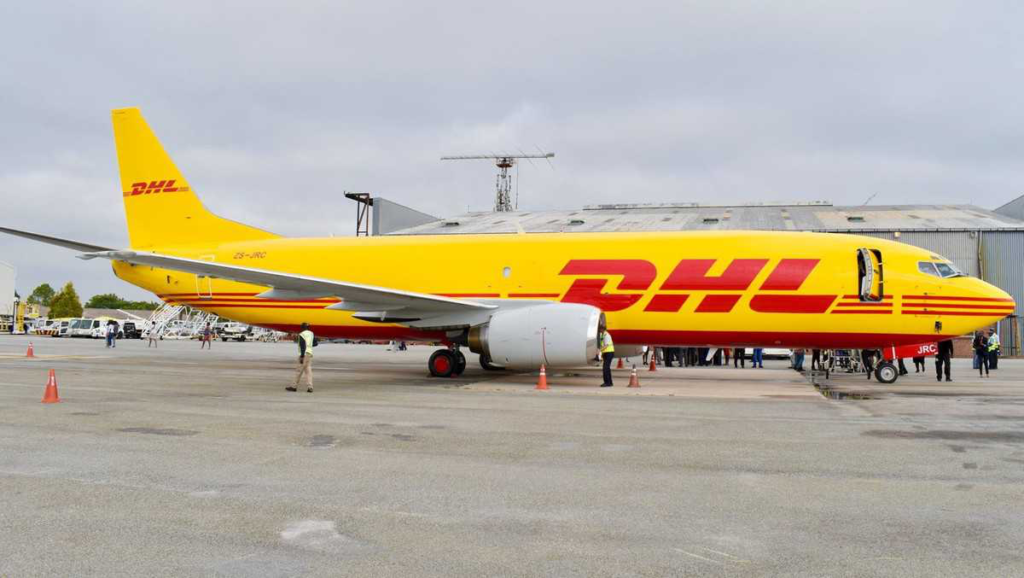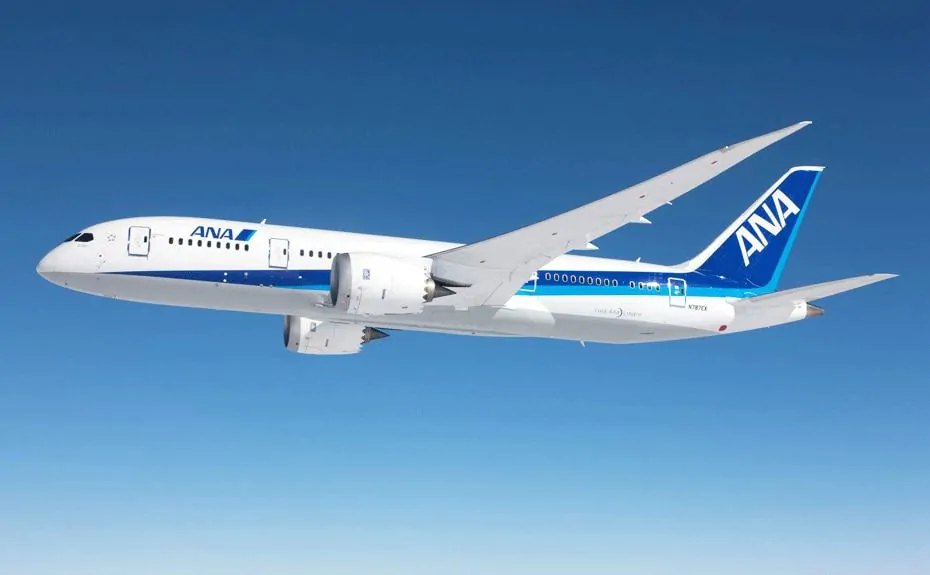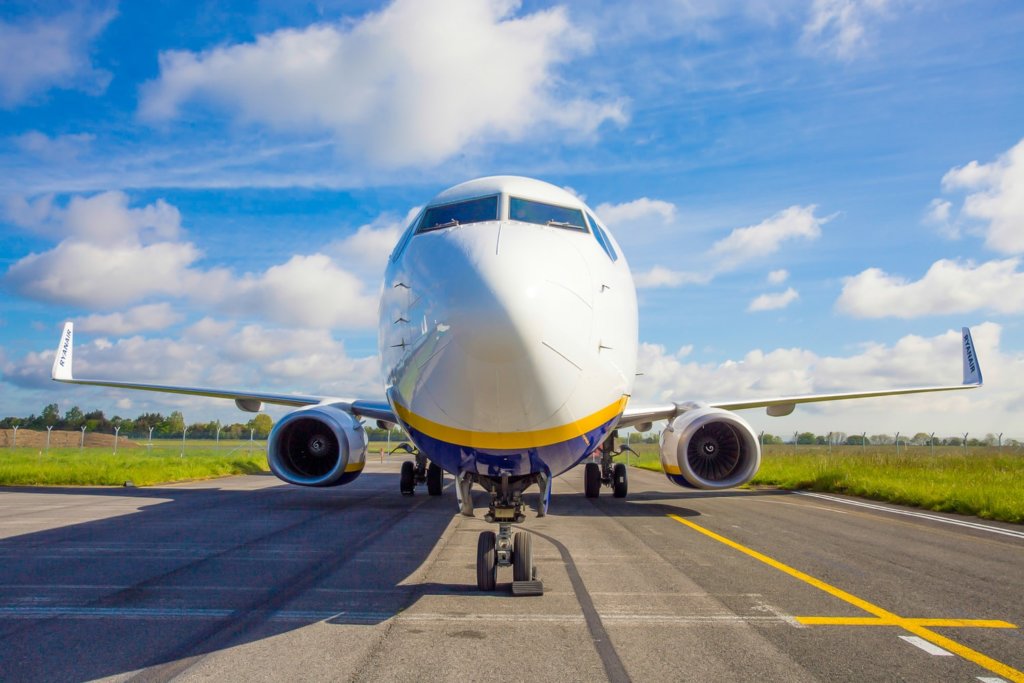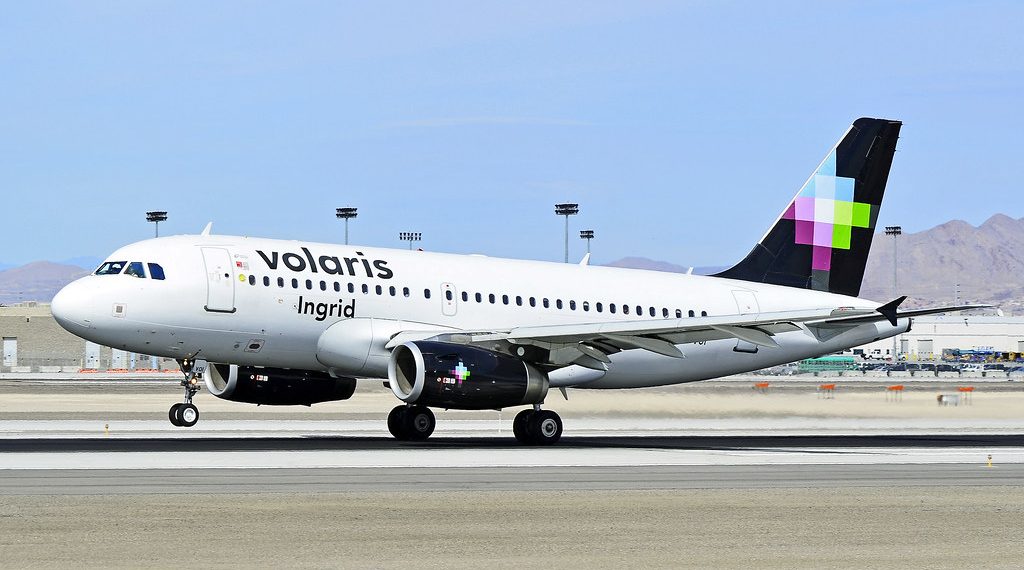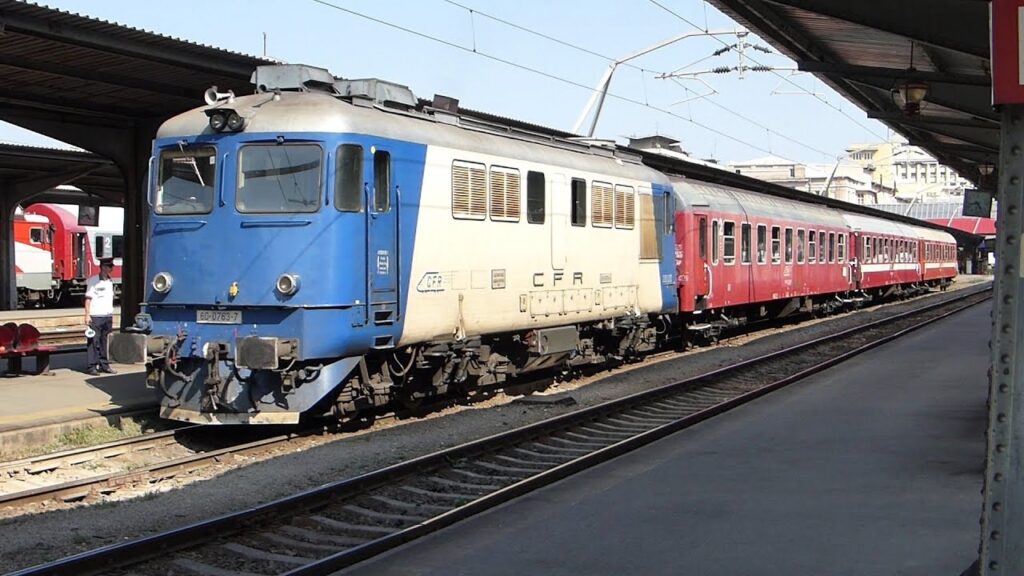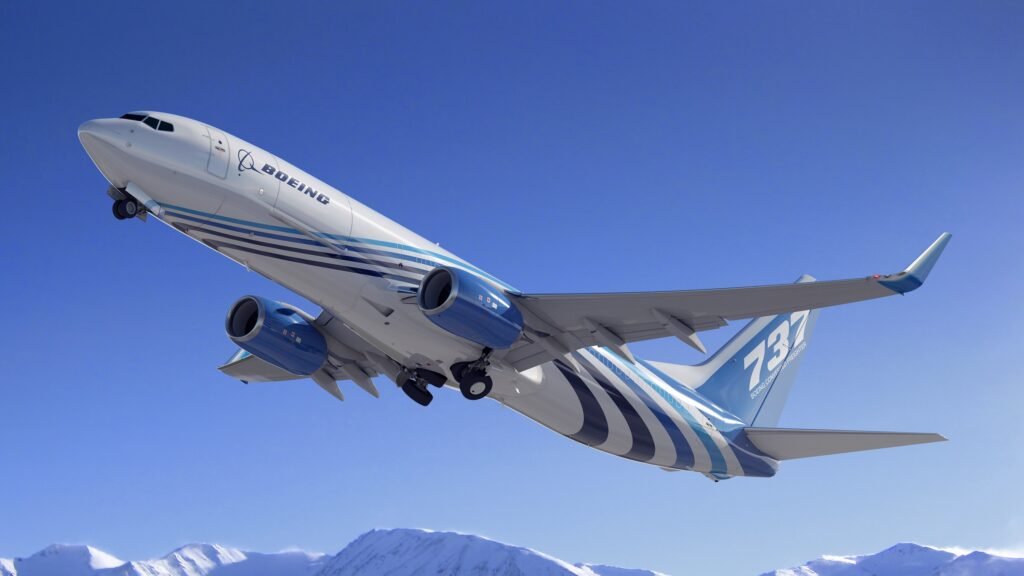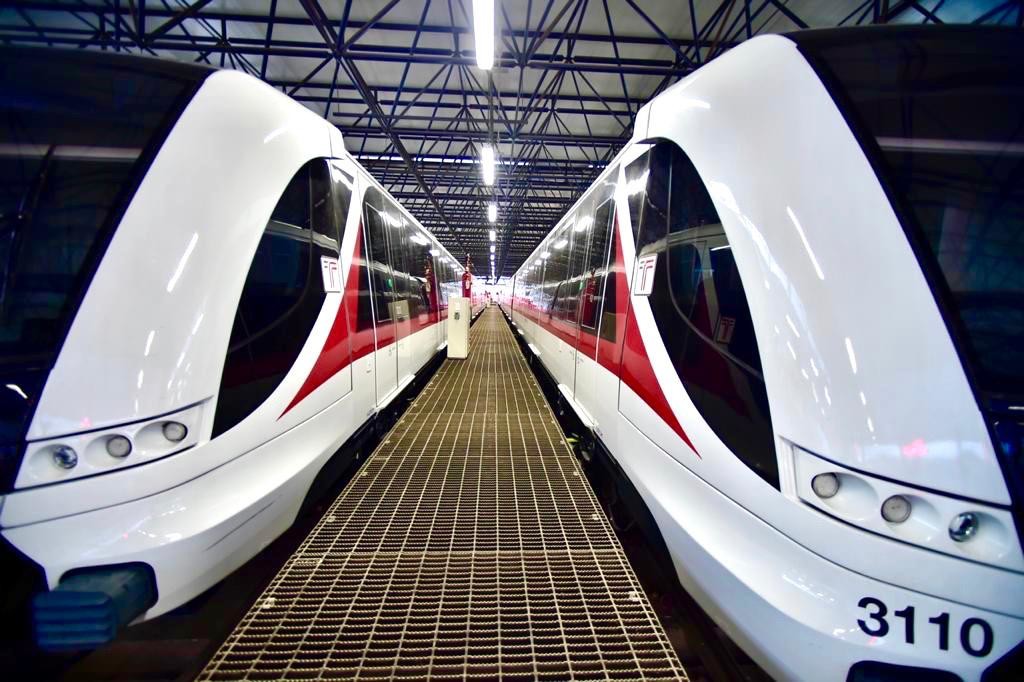Tag: traffic
Lufthansa Group Streamlines Pilot Training Program within ReNew Framework
The global aviation crisis caused by the pandemic continues to have serious consequences for employees working in the airline industry. As a result, pilot training has also been severely affected by the repercussions of the…
All Nippon Airways Group Announces its December 2020 Traffic Results
The All Nippon Airways Group has announces its December 2020 traffic results. Click the link below to view the release! https://www.anahd.co.jp/group/en/pr/pdf/20210208.pdf
Ryanair December Traffic Down 83%
Ryanair Holdings plc today (5 Jan) released December traffic statistics as follows: 2019 2020 Growth Ryanair Group11.2m1.9m-83%Rolling Annual152.4m52.1m (81% LF)-66%
EmbraerX and Airservices Australia Release Concept for Urban Air Mobility
EmbraerX, Embraer’s disruptive business subsidiary, and Airservices, Australia’s civil air navigation service provider, have developed a new concept of operations (CONOPS) for the air taxi market, also known as urban air mobility (UAM). Going forward,…
Volaris reports September 2020 traffic results, operating at 84% of 2019 capacity levels
MEXICO CITY, /PRNewswire/ -- Volaris (NYSE: VLRS and BMV: VOLAR), the ultra-low-cost airline serving Mexico, the United States and Central America, reports September 2020 preliminary traffic results. Volaris is well positioned for a continuing post Covid-19 traffic recovery and is regaining capacity at a fast pace,…
Leonardo Adding Airport Ground Operations Safety Technologies
- Leonardo’s U.S. subsidiary Selex ES Inc. launches AeroBOSS solutions to prevent runway incursions and protect global air travelers - AeroBOSS provides a common operating platform enabling command and control of airport operations, maintenance and…
Alstom to Provide Digital Train Control, Traffic Management and Electrification Infrastructure for the Rhine-Danube Rail Corridor
- Alstom project value: 70 million EUR - Travel time reduced to one hour on Sighisoara-Brasov section thanks to modernised infrastructure - Alstom working on 75% of the 450 km currently in rehabilitation on the…
Boeing Wins More 737-800BCF Orders and Launches New Freighter Conversion Lines to Meet Strong Demand
- The 737-800BCF now has 134 orders and commitments - Two additional freighter conversion lines are launched to meet strong demand in express traffic and e-commerce markets Boeing [NYSE: BA] today announced a firm order…
Alstom Delivers Guadalajara Urban Transportation Network Line 3
- Inauguration of a landmark mobility project for the State of Jalisco in Mexico Alstom has officially delivered Line 3 of Guadalajara urban transportation network, a new line expected to carry around 230,000 passengers daily.…
